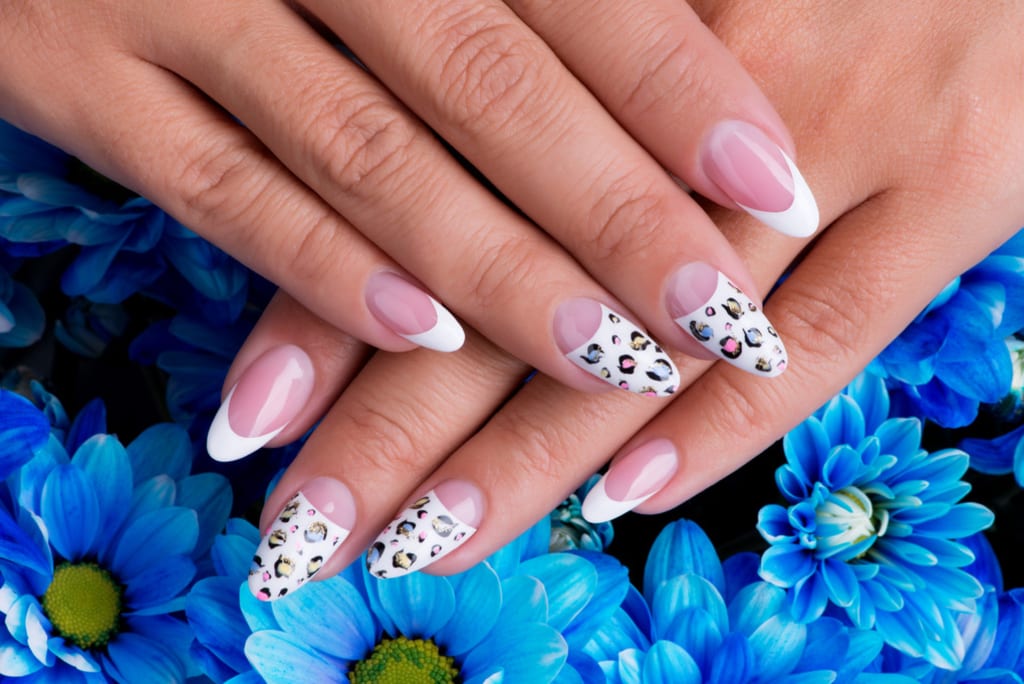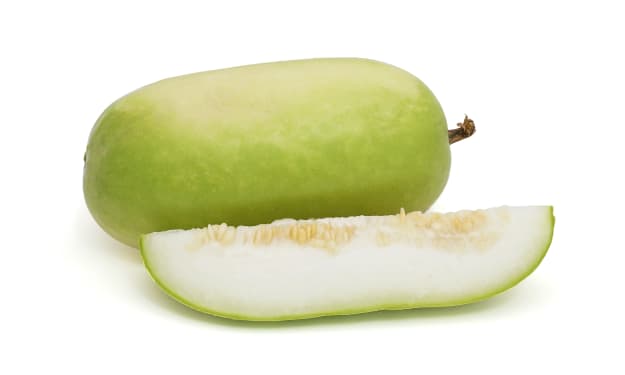Nail Extensions Types, Methods and Harmful Effects on Our Skin Health
Prefer to avoid nail extensions over a long period of time

Nail extensions have become a popular trend in the world of beauty and fashion. They are artificial enhancements that can add length, strength, and beauty to your natural nails. Nail extensions are perfect for special occasions, allowing you to showcase your creativity with intricate designs and nail art.
Having beautifully manicured nails is a popular trend that many individuals strive for. One way to achieve long and elegant nails is through nail extensions. Nail extensions are artificial enhancements applied to the natural nails to add length and create various designs. While they can be a great way to achieve stunning nail looks, there have been concerns about their impact on nail health. This article aims to explore the potential damage caused by nail extensions and offers tips for maintaining nail health while enjoying stylish nails.
Different Types of Nail Extensions
Acrylic Nail Extensions
Acrylic nail extensions are one of the most popular and durable options available. They are created by combining a liquid monomer with a powder polymer to form a hard protective layer over your natural nails. Acrylic extensions offer flexibility and are excellent for those with weak or brittle nails.
Gel Nail Extensions
Gel nail extensions are known for their natural appearance and glossy finish. The gel is applied to your natural nails and then cured under a UV or LED lamp, creating a strong and long-lasting extension. Gel extensions are flexible and less likely to chip, making them a popular choice for many.
Fiberglass Nail Extensions
Fiberglass nail extensions are lightweight and ideal for those seeking a more natural look. Layers of fiberglass are applied to the nails using resin, providing a thin yet robust extension. They are perfect for individuals with allergies to acrylic or gel products.
Silk Nail Extensions
Silk nail extensions involve the use of a silk wrap material to extend the length of your nails. They are suitable for individuals with weak nails and can add a touch of elegance to your overall look.
Shellac Nail Extensions
Shellac nail extensions, also known as "power gel" extensions, combine the best features of gel and acrylic extensions. They are odorless, lightweight, and flexible, offering a beautiful and long-lasting result.
Acrylic Dip Nail Extensions
Acrylic dip nail extensions are a more recent innovation in the nail industry. The process involves dipping your nails into a colored acrylic powder, creating a durable and stunning finish.
Polygel Nail Extensions
Polygel nail extensions are a blend of acrylic and gel products, providing a strong and lightweight extension. They are easy to apply and don't require much filing, making them a favorite for many nail technicians.
Nail Extensions vs. Artificial Nails
Many people confuse nail extensions with artificial nails. While both serve the purpose of enhancing your nails, there are significant differences between the two. Nail extensions are applied directly to your natural nails, while artificial nails are glued over your natural nails.
Pros and Cons of Nail Extensions
Before getting nail extensions, it's essential to weigh the pros and cons. The benefits include added length, customized designs, and increased confidence. However, potential drawbacks could include damage to your natural nails and the need for regular maintenance.
Preparing Your Natural Nails
Proper preparation is crucial for the success of nail extensions. This step involves cleaning, shaping, and buffing your natural nails to create a smooth canvas for the extensions.
Application Process
The application process varies depending on the type of nail extension chosen. Generally, it involves using a base coat, adding the extension, and finishing with a topcoat for durability and shine.
Maintenance Tips
Maintaining your nail extensions will prolong their lifespan and keep your nails looking fabulous. Regularly moisturize your cuticles, avoid using your nails as tools, and be gentle with them to prevent lifting.
Removing Nail Extensions
When it's time to remove your nail extensions, it's crucial to do it properly to avoid damaging your natural nails. Soaking your nails in acetone or using a nail drill under the supervision of a professional is the best way to go.
The Impact on Nail Health
Weakening of Natural Nails
One of the primary concerns with nail extensions is that they can weaken the natural nails over time. The application process typically involves roughening the nail surface to improve adhesion, which can lead to thinning of the natural nails. Additionally, constant wear and removal of extensions can cause the nails to become brittle and prone to breakage.
Risk of Infections
Improper application and maintenance of nail extensions can create openings between the artificial and natural nails, providing a breeding ground for bacteria and fungi. This can lead to painful infections, such as nail fungus, which may require medical attention.
Allergic Reactions
Some individuals may develop allergic reactions to the materials used in nail extensions, such as the chemicals present in acrylics or gels. These reactions can manifest as redness, itching, and swelling around the nail area.
Nail Bed Damage
Repeated use of nail extensions without proper care can damage the nail beds. The pressure exerted by the extensions may cause discomfort and can lead to long-term damage if not addressed promptly.
Maintaining Nail Health with Extensions
While nail extensions can pose risks to nail health, taking proper care can help mitigate these concerns and allow you to enjoy beautiful nails without compromising their health.
Choose a Reputable Salon
Select a professional and reputable salon with experienced technicians to ensure that nail extensions are applied correctly and safely.
Limit Extension Wear
Avoid keeping nail extensions for extended periods. Allow your natural nails some time to breathe between applications.
Proper Hygiene
Practice good nail hygiene by keeping your nails and cuticles clean and moisturized. Regularly wash your hands and dry them thoroughly to prevent infections.
Avoid DIY Removal
Resist the temptation to remove nail extensions at home, as improper removal can cause damage. Instead, have them removed by a trained professional.
Shorter Lengths
Opt for shorter nail extensions as they put less stress on the natural nails and are less likely to cause damage.
Conclusion
Nail extensions can be a fabulous way to express your creativity and style, but it's essential to be aware of the potential impact on nail health. Taking proper precautions and seeking professional services can help minimize the risks associated with nail extensions. Remember that healthy nails are the foundation of beautiful nails.
About the Creator
Dr Anshul Chawla
As a blogger, a content writer, and a healthcare professional, I take responsibility for giving views as per the literature explored and studies done on the present topic.
You may also visit at our website: www.emediplus.co.in/
Enjoyed the story? Support the Creator.
Subscribe for free to receive all their stories in your feed. You could also pledge your support or give them a one-off tip, letting them know you appreciate their work.






Comments
There are no comments for this story
Be the first to respond and start the conversation.